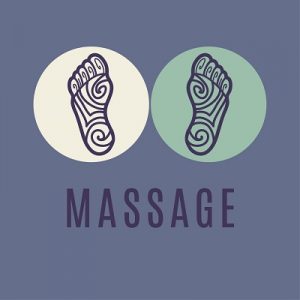 Bunions are hard bumps on the joint of the big toe’s base. They are often caused by your big toe pushing against the next toe. Bunions can be caused by various medical conditions, structural defects, tight shoes or other stress on the foot. Here is how to assess whether your bunions need to be treated or not.
Bunions are hard bumps on the joint of the big toe’s base. They are often caused by your big toe pushing against the next toe. Bunions can be caused by various medical conditions, structural defects, tight shoes or other stress on the foot. Here is how to assess whether your bunions need to be treated or not.
What Does Medical Treatment Involve?
When someone chooses to treat their bunions, it is generally recommended as a last resort – when either the pain is too great to bear or it is interfering with an individual’s daily activities. Surgical options can include several methods, including removing bone, removing tissue, and realignment of bones. Recovery can take months, and surgery will likely interfere with a large time period of your life.
Shoe Inserts
Arch support and shoe inserts are one way of dealing naturally with bunions. It doesn’t take away the problem, but it minimizes the pain and discomfort. Inserts help to distribute weight more evenly and take the pressure off, allowing the bunion to keep from getting worse. There are over-the-counter arch supports available, as well as prescription orthotics.
Ice
Ice is one of the most simple remedies you will find. Use it after you have been on your feet all day. It will reduce swelling and pain, minimizing the effects of the bunions.
Wear Proper Shoes
The value of a good quality pair of shoes cannot be underestimated. If you are plagued by bunions, throw away your stilettos, or at least cut down on your use of them. Wear shoes with a proper arch, and consider investing in a high quality, custom fitted pair of shoes for everyday use. Save the others for special occasions.
Maintain a Healthy Weight
If you have bunions bothering you, take a look at your overall health. If you are overweight or obese, consider losing weight in order to take the pressure off your feet. Bunions are aggravated if you are overweight. Maintaining a healthy weight, and losing weight if necessary, can be one of the best ways to curb the destruction your bunions are causing you.
Massage
If you already see a massage therapist regularly, mention your bunions on your next visit. A professional massage therapist may be able to help reduce pain and swelling in the area. If you are trying to save money, or want something that can be done more often in between massage therapy visits, there are techniques you can use at home. Many websites and videos are available with ideas on how to massage bunions on your own if necessary.
When to Pursue Further Treatment
If you have used natural remedies and tried various ways to stop your bunions from becoming worse, take note of whether it is helping or not. Generally, doctors recommend medical treatment if your bunions have caused you pain for over one year. If this is the case, speak to your doctor about surgical options and other possibilities.
Bunions are a real pain to live with. Try the treatments above and use as many as needed on a regular basis to control the effects of the bunions you are dealing with. You will soon know whether or not you are a candidate to consider taking a further step in the treatment of your bunions. Keeping bunions at bay is an investment in your future comfort.






